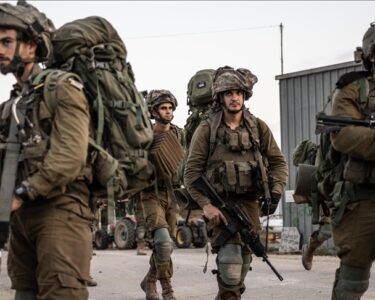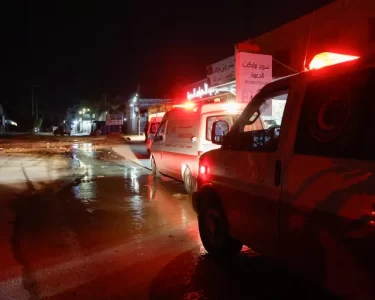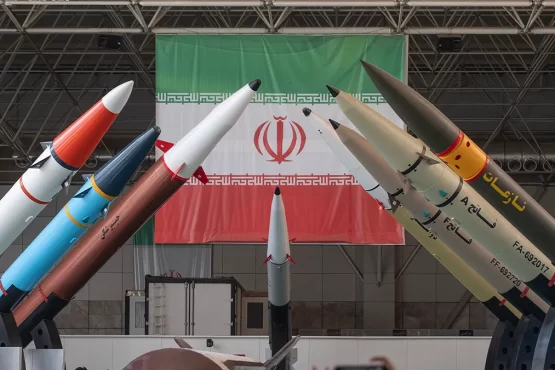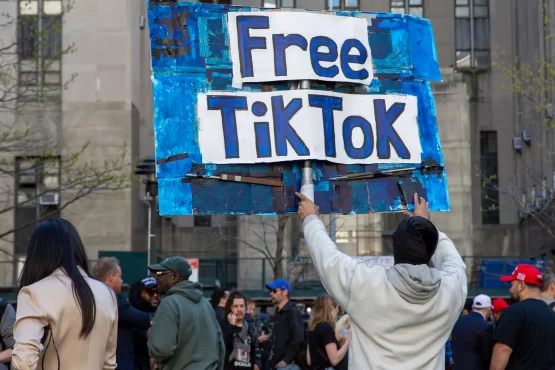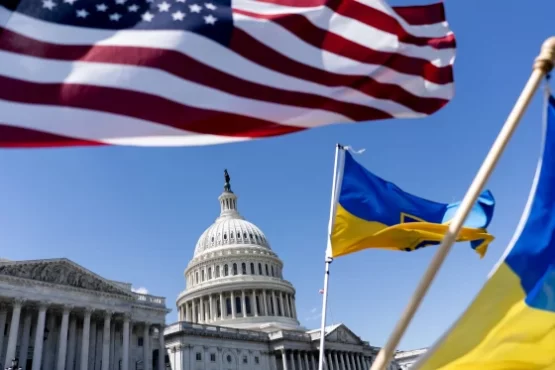As Palestinians prepare to mark the 76th anniversary of the Nakba, the mass expulsion from their homeland during the creation of Israel, the ongoing calamity in Gaza threatens to overshadow the historical tragedy. The term Nakba, meaning “catastrophe” in Arabic, refers to the forced displacement of approximately 700,000 Palestinians, constituting a majority of the prewar population, before and during the 1948 Arab-Israeli war.
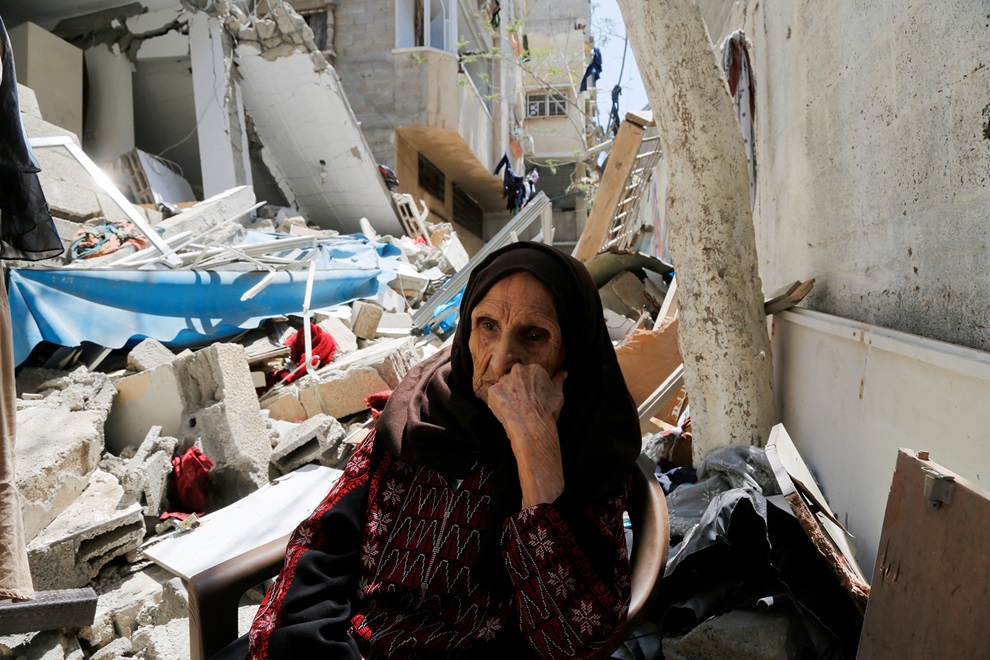
Following the war, Israel denied the refugees the right to return, fearing it would lead to a Palestinian majority within its borders. Consequently, the displaced Palestinians became a seemingly permanent refugee community, now numbering around 6 million, with most living in impoverished urban refugee camps in Lebanon, Syria, Jordan, and the Israeli-occupied West Bank. In Gaza, refugees and their descendants comprise nearly three-quarters of the population.

Israel’s refusal to acknowledge the Palestinian right of return has been a core grievance in the conflict and a contentious issue in failed peace negotiations. The refugee camps have long been hotbeds of Palestinian militancy.
Now, as Israel expands its offensive in Gaza, Palestinians across the territory are fleeing their homes, evoking painful memories of the 1948 expulsion. The images of mass evacuations throughout the seven-month war bear a striking resemblance to historical photographs from the Nakba.

Mustafa al-Gazzar, an 81-year-old great-grandfather, recounts his family’s monthslong journey from their village in present-day central Israel to Rafah when he was just 5 years old. Today, he finds himself displaced once more, living in a tent in Muwasi, a desolate coastal area housing some 450,000 Palestinians in a squalid camp. Al-Gazzar laments that the conditions are worse than in 1948, when the U.N. agency for Palestinian refugees regularly provided essential supplies.

The ongoing war in Gaza, triggered by Hamas’ attack on Israel on October 7, has claimed the lives of over 35,000 Palestinians, according to local health officials, making it the deadliest round of fighting in the history of the conflict. The initial Hamas attack killed approximately 1,200 Israelis.
The war has displaced some 1.7 million Palestinians, nearly three-quarters of Gaza’s population, often multiple times. This figure far surpasses the number of people who fled during the 1948 war.
With Israel sealing its border and Egypt allowing only a limited number of Palestinians to leave, the international community strongly opposes any mass expulsion of Palestinians from Gaza, an idea supported by far-right members of the Israeli government.

Many Palestinians fear they may never be able to return to their homes or that the extensive destruction in Gaza will render the territory uninhabitable. A recent U.N. estimate suggests it could take until 2040 to rebuild the destroyed homes.
The weaponry used by Jewish militias in the 1948 war pales in comparison to the devastating military campaign Israel has unleashed on Gaza, with 2,000-pound bombs dropped on dense residential areas, reducing entire neighborhoods to wastelands of rubble and unexploded ordnance.
The World Bank estimates that Gaza has suffered $18.5 billion in damage, equivalent to the gross domestic product of the entire Palestinian territories in 2022, and this figure was calculated before Israel’s ground operations in Khan Younis and Rafah.

Yara Asi, a Palestinian assistant professor at the University of Central Florida, expresses doubt about the international effort required to rebuild Gaza. She and others fear that if another genuine Nakba occurs, it will take the form of a gradual departure, disguised as emigration or other terms, as Palestinians reach a point where life becomes unbearable despite their determination to stay for generations.
As Palestinians commemorate the 76th anniversary of the Nakba, the unfolding catastrophe in Gaza serves as a grim reminder of the ongoing struggle and the urgent need for a just and lasting resolution to the conflict.


